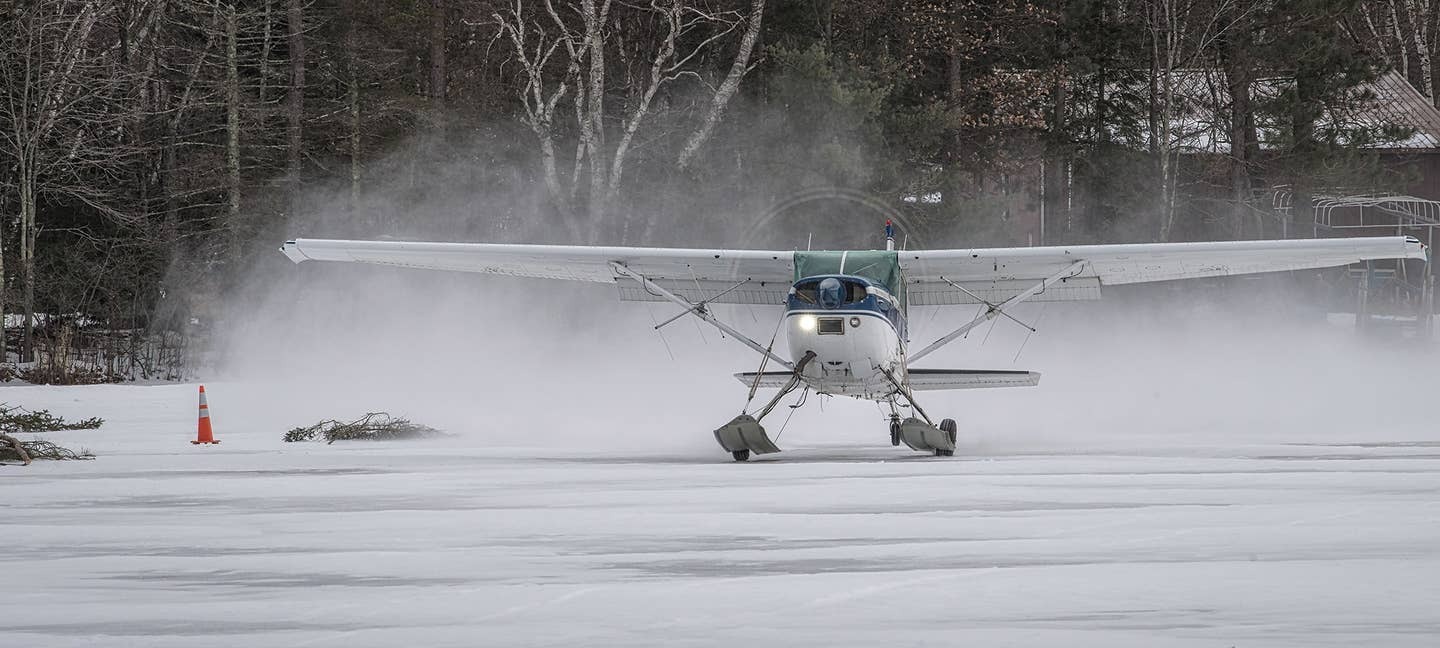No products in the cart.
Blog
Is It Harder To Fly In Winter For Small Planes?
Yes, it can be harder to fly small planes in winter due to several factors that impact aviation, especially for smaller aircraft, which are more susceptible to weather conditions. The following are key reasons why winter flying presents more challenges:
1. Icing
One of the biggest risks for small planes during winter is icing. Ice can accumulate on the wings, propellers, and other parts of the aircraft during flight in cold, moist conditions, such as flying through clouds or precipitation. Ice disrupts the airflow over the wings, which reduces lift and increases drag, making it harder to control the aircraft and maintain altitude. Most small planes lack the de-icing equipment that larger aircraft have, making icing even more dangerous for them.
Ground Icing: On the ground, frost or ice on the wings can be a significant hazard because it also reduces lift. Pilots must carefully remove ice and snow from the aircraft before takeoff, which can add complexity and time to pre-flight preparation.

2. Poor Visibility and Weather
Winter weather often brings low clouds, snow, fog, and shorter daylight hours, which can reduce visibility for pilots. Instrument flight conditions (IFR) may be required more frequently in winter, especially in areas prone to heavy snowfall or low-hanging clouds. Pilots of small planes, particularly those with limited instrument flight experience or equipment, may find these conditions especially challenging.
- Blizzards or snow squalls can reduce visibility to near zero, which can be hazardous for small planes flying at lower altitudes.
- Wind gusts and turbulence are common in cold weather, and small planes are more susceptible to the effects of turbulence, making for a rougher and potentially dangerous flight.
3. Cold Weather Performance Issues
Cold temperatures can affect both the plane’s engine performance and the pilot’s comfort. In winter, cold air is denser, which can actually help engine performance by increasing engine power and lift. However, extremely cold temperatures can cause other issues, such as:
- Hard starting: Airplane engines, especially piston engines in smaller planes, can have trouble starting in very cold weather.
- Battery issues: Cold weather can drain batteries faster, affecting starting systems or other electrical components.
- Oil thickening: The cold can make engine oil thicker, which can hinder lubrication and increase wear on engine parts during startup.
4. Snow and Ice on Runways
Snow and ice on runways can lead to reduced traction for small planes during takeoff and landing. Small airports, in particular, may not have the same level of snow removal equipment as major commercial airports, meaning runways may stay snow-covered for longer periods, increasing the risk of skidding or difficult landings.
- Crosswinds: With icy or snowy runways, crosswinds can further complicate landings, as small planes are more easily affected by wind.
- Braking action: When the runway is slick, braking action is reduced, which can make landing and stopping more difficult.
5. Pilot Skill and Preparation
Winter flying requires additional preparation and experience. For small plane pilots, especially those flying in mountainous or remote areas, winter conditions add layers of complexity that require advanced training and caution.
- Pre-flight checks: Winter flying necessitates more thorough pre-flight inspections, particularly to check for ice, snow, and proper functioning of the heater and defroster.
- Flight planning: Pilots need to be more careful about flight planning in winter, considering weather conditions and potential emergency landing sites in case of unexpected changes.
Conclusion
While winter flying is possible and even beneficial in some respects, such as better engine performance due to denser air, small planes face more significant challenges in terms of icing, visibility, runway conditions, and mechanical reliability in the cold. Pilots flying small aircraft need to be well-prepared, cautious, and experienced in winter operations to navigate these challenges safely.
Sources for additional insights:
- AOPA (Aircraft Owners and Pilots Association): Provides detailed tips and guidelines on winter flying safety.
- FAA Winter Flying Tips: Guidance on cold weather procedures, icing, and handling winter weather conditions.
